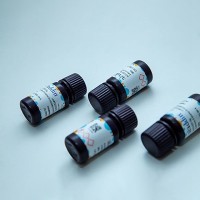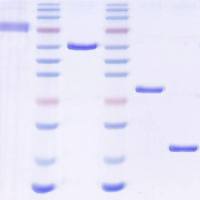Onchocerca volvulus is a filarial parasite that is the causative agent of onchocerciasis, or river blindness. Onchocerciasis is one of the leading causes of infectious blindness worldwide (1 ), and is believed to be one of the most significant causes of social and economic disruption of the rural communities in West Africa (2 ). Because of the importance of the disease, there have been and continue to be a number of major programs whose goal is the control or elimination of blinding onchocerciasis. The largest of these programs is the Onchocerciasis Control Programme in West Africa (OCP), a multinational effort that encompasses parts of 11 West African nations (3 ). In order to efficiently allocate the resources of onchocerciasis control programs, and to assist in measuring their impact, it is necessary to develop ways to accurately measure both the prevalence and annual transmission potential (ATP) for blinding onchocerciasis. The annual transmission potential is a measure of the number of infective larvae that a person who resides in an O. volvulus endemic area is exposed to in a year. This is calculated from estimations of the number of black fly bites a person will receive in a given year, the prevalence of infected flies in the vector population, and the average number of larvae carried by an infected fly.






